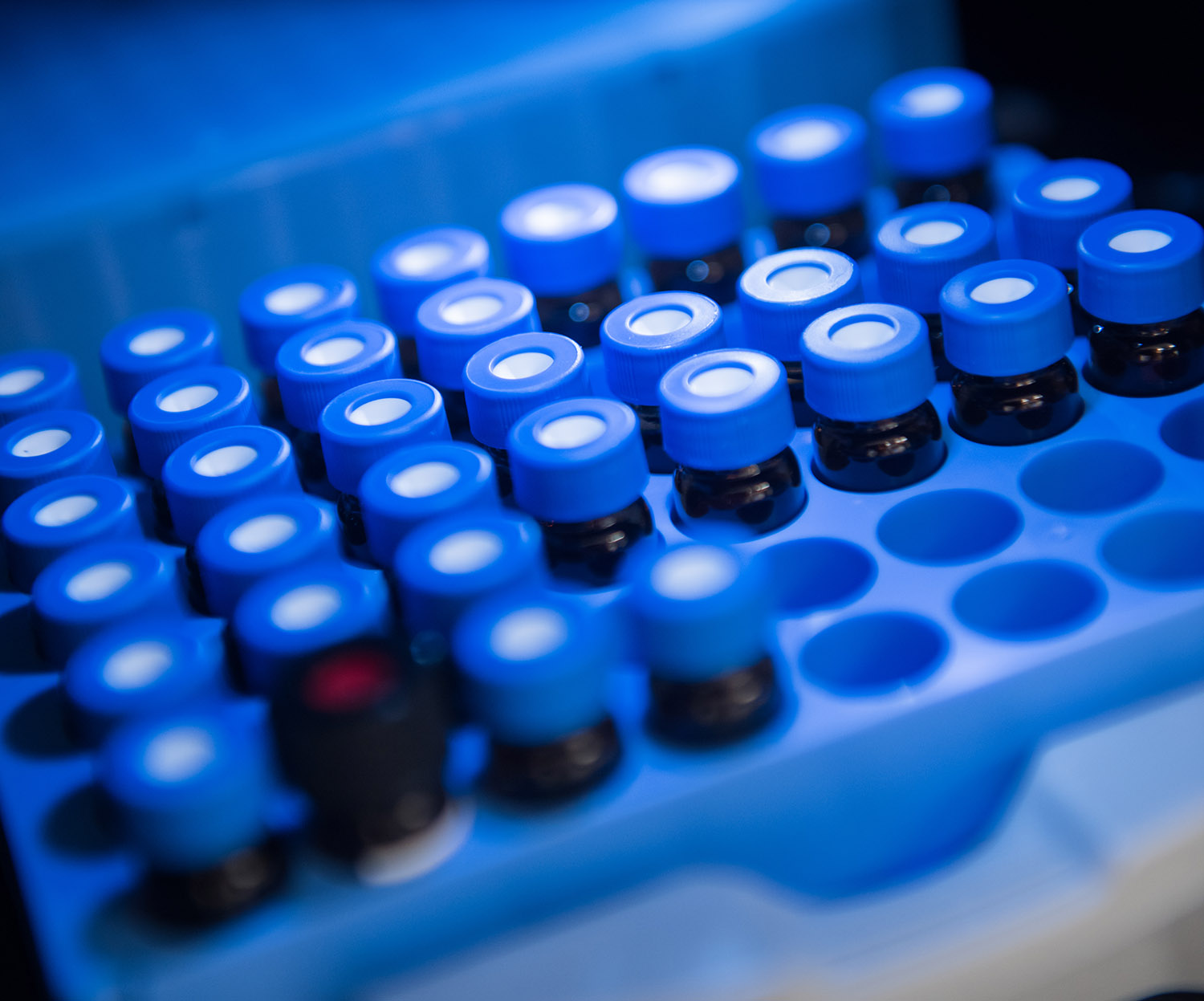Workflows Improve Confidence in Threat Assessment
In the field of biodefense and especially during possible biothreat events, false negative and false positive testing results have serious consequences. This makes the accuracy of data critical when assessing potential biothreat incidents, where high-confidence calls are a requirement.
Errors in data can have dire consequences, resulting in unnecessary shutdowns or deaths of civilians and warfighters. For decades, quantitative polymerase chain reaction (qPCR) assays for agents of interest have been successfully used as the go-to for routine biosurveillance. Recently, there has been increased impetus for adoption of amplicon sequencing for biosurveillance because it enables discrimination of true positives from near-neighbor false positives, as well as broad, simultaneous detection of many targets in many pathogens in a high-throughput scheme. However, the high sensitivity of amplicon sequencing can lead to false positives.
Alongside our collaborators Complex Microbial Systems Group, The Johns Hopkins University, US Department of Agriculture, Neogen Food Safety, and Joint Program Executive Office for Chemical, Biological, Radiological and Nuclear Defense (JPEO-CBRND), the paper “Amplicon Sequencing Minimal Information (AsqMI): Quality and Reporting Guidelines for Actionable Calls in Biodefense Applications” was recently published in the Journal of AOAC International. Within, we describe how appropriate controls and workflow reporting can help address the challenges associated with amplicon sequencing with the goal of providing greater accuracy in results during biothreat incidents.
An Improvement in Sequencing
Amplicon sequencing is widely applied for microbial pathogen detection and identification, emerging as a leading technique for biosurveillance applications requiring high sensitivity and specificity. Amplicon sequencing is preferred over traditional polymerase chain reaction (PCR) approaches for its method performance, e.g., lower limit of detection (LOD) compared to PCR alone. Sequencing PCR products (amplicons) can rapidly confirm the PCR target without size separation reducing the risk of false negatives and positives. Amplicon sequencing can also enable higher throughput than qPCR.
When the goal is qualitative detection of a particular pathogen, like in an outbreak investigation, amplicon sequencing with pathogen-specific primers is an extremely powerful tool and can provide genomic enrichment in low-abundance samples, while the sequencing allows for variant identification (single nucleotide variants, indels, etc.) within the amplified region.
Standards for Implementation, Reporting, and Controls
While the US Food and Drug Administration (FDA) provides some guidelines on AS-based diagnostics, there are currently no specified standards or guidelines for the implementation of amplicon sequencing to support actionable calls in biosurveillance. Consistent with current literature including diagnostic guides, we identified specific requirements applicable to biosurveillance/biodetection of microbial pathogens.
Specific guidelines and minimum requirements, including appropriate controls, are critical for data quality, and underpin confidence in the analytical workflows to enable actionable results. amplicon sequencing methods require multi-step workflows consisting of sample collection and handling, nucleic acid extraction, PCR amplification, library preparation, and sequencing and bioinformatic processing.
The use of Real Time qPCR for detection of biodefense pathogens, coupled with further implementation of amplicon sequencing helps address several limitations including:
- False negative results due to target sequence variations
- False positive results due to near-neighbor target matches
- Variable amplification efficiencies impacting LOD measurements
However, both methods are still impacted by inhibitors.
Workflow Considerations
Broadly, samples for biosurveillance can be separated into two categories: complex background, high bioburden (e.g. soils, wastewater) and low genomic yield samples (e.g. aerosol collection filters). Sample processing and bioinformatic workflows vary depending on the expected complexity of the sample, such as thresholds and the stringency for near-neighbor differentiation may need adjustment. Ultimately, the sample matrix will greatly influence the conclusions, and it is critical that matrix effects are considered during workflow development. It is critical to document the sampling method so that if field blanks are positive, it is possible to identify how contamination could have occurred in the field.
Amplicon-based detection is suited to qualitative detection (i.e. returning a binary presence/absence result), rather than quantitative detection unless the system response is characterized using controlled dosage of the target. Prescribing read counts for detection cutoffs is not currently feasible due to the number of workflow variables.
Benefits of Amplicon Sequencing Workflows
Amplicon sequencing workflows can provide robust, confident calls for biodetection; however, due diligence in reporting and controls are needed. The AsqMI guidelines are the first amplicon sequencing minimum reporting guidance document that also provides detailed checklists of methods for end users to evaluate their workflows to improve confidence. Laboratories should employ the FAIR reporting guidelines of findability, accessibility, interoperability, and reusability, while also ensuring that metadata is appropriately collected. While publicly available reporting may not be possible in many biodefense scenarios, workflows must still be validated, and the data structure recommended in our publication should still be employed for method consistency and confidence.
GETTING STARTED AT MRIGLOBAL
Contact MRIGlobal for more information about our work with biothreats and infectious diseases. Through a multidisciplinary approach, we provide scientific and subject matter expertise for development of medical countermeasures research against specific threats, while expanding and accelerating the delivery of high quality clinical diagnostic products.
To learn more about the work we’ve done or how we can help you, contact us today. If you are part of an agency, business, or academic institution seeking assistance with a project, use our Project Quote Tool to get started.
SIGN UP FOR OUR NEWSLETTER
Sign up for the MRIGlobal newsletter! It’s the best way to get the latest updates in the world of applied scientific engineering research delivered directly to your inbox.

